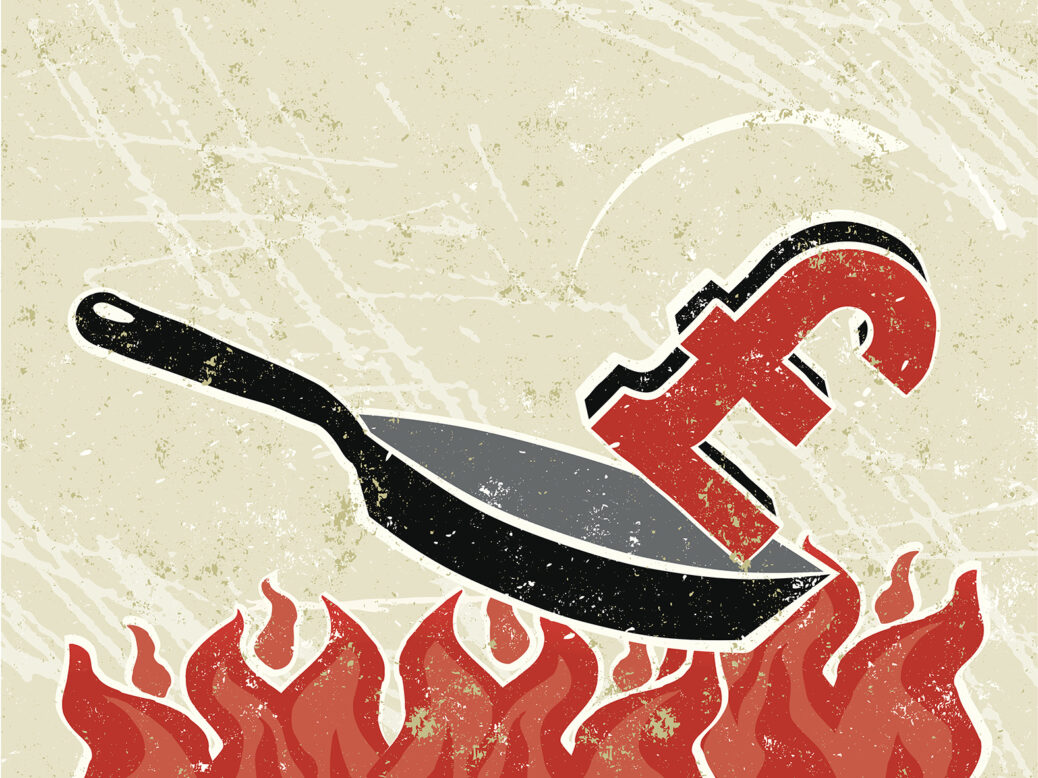
Last week, the ONS announced that the cost of living in the 12 months to December 2020 had hit a 30-year high of 5.4 per cent.
But, as food writer and activist Jack Monroe highlighted, the 5.4 per cent figure is based on averaging hundreds of items across the country, without differentiating the budgets and shopping habits of people from different demographics.
“The system by which we measure the impact of inflation is fundamentally flawed – it completely ignores the reality and the REAL price rises for people on minimum wages, zero hour contracts, food bank clients, and millions more,” Monroe tweeted.
The ONS measures inflation by gathering hundreds of prices for items across the country, from different shops – in person and online. By downloading the full list of item prices, the New Statesman was able to look in more detail at which prices are rising fastest. We calculated the inflation of the median price of each item, and the inflation of the “cheap” price. We designated “cheap” as the value at the tenth percentile (ie, 10 per cent from the bottom) of prices, to try and remove any extreme outliers.
The results vary widely, but what’s clear is that the “cheap” prices have seen much more drastic variation, with some items doubling or even tripling in price since December 2020.
Scroll to the bottom of the page to search the full list of items and see how their prices have changed.
Fruit and vegetables see some of the starkest differences, when comparing the inflation of the “cheap” produce with the average price.
The median price of a whole cauliflower has actually fallen by 10 per cent, but the price of a cheap one has more than doubled. A kilogram of raspberries (a standard supermarket tub is usually 150-250 grams) has fallen in price by 5 per cent, but cheap raspberries are up by over 50 per cent.
And it’s not just food that is feeling the effects of inflation, but essentials such as toiletries too.
One of the most drastic price rises is tampons: while the average box has stayed the same, a cheap box has gone up in price by 84 per cent. Condoms, toothpaste and hand soap (which no one can deny are essentials) have all seen significantly higher price rises on the cheaper end of the scale.
Use our interactive table to explore the full list of items and how their prices have changed since December 2020.



